Projects
The BuildingSystems library is being applied and further developed in different research projects.
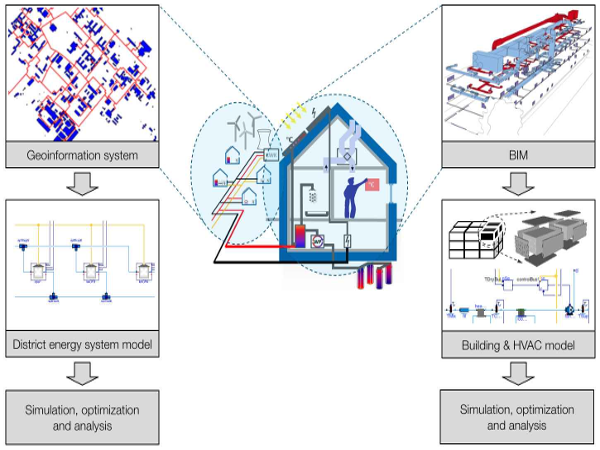
IBPSA Project 1
The IBPSA Project 1 project is an international joint project of research institutes, which are developing simulation models and methods for energetic building and plant simulation based on Modelica. One outcome of this project is the Modelica IBPSA Library, which is integrated as a core library in the BuildingsSystems library.
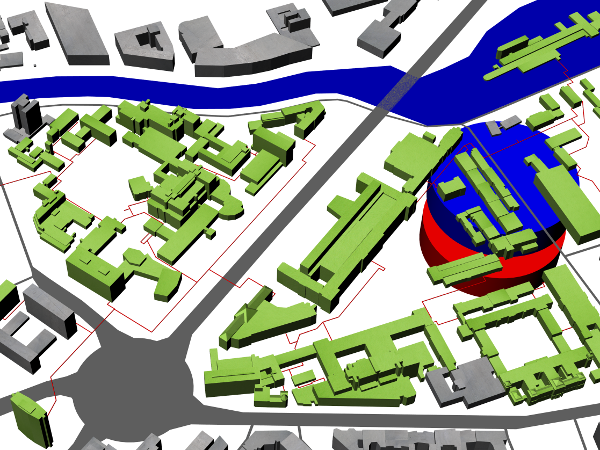
ATES
The objective of this joint project is the development of seasonal thermal aquifer storage systems, which can supply city districts with heating and cooling energy. The entire system is modelled with Modelica, escpecially the sub-system of the buildings stock of the district inclusive the thermal energy grid.

EnEff BIM
The objective of this joint project is an automatic generation of Modelica thermal building models and energy plant models starting from CAD models from architects and energy engineers. For this purposes the IFC standard is used to map the information from CAD/BIM to the Modelica system models.
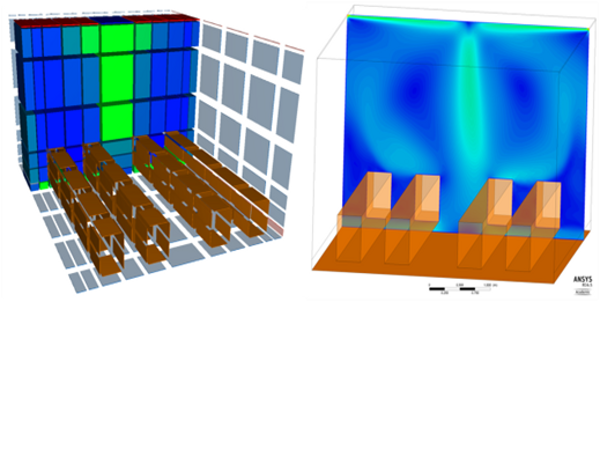
UCaHS
Within this project simulation models und methods for the assessment of heat stress risk within interior spaces of buildings are being developed. The base of this modelling approach is a 3D discretised zone model, which is able to calculate the room air temperature and velocity.

WaveSave
In this project design methods and adaptive control strategies for energy management of buildings are being developed. Especially the load management of decentralized generated heat and electricty in combination with the building energy demand will be considered. This approach is being evaluated in combination with the Rooftop building, which was designed und built for the Solar Decathlon Europe 2014.
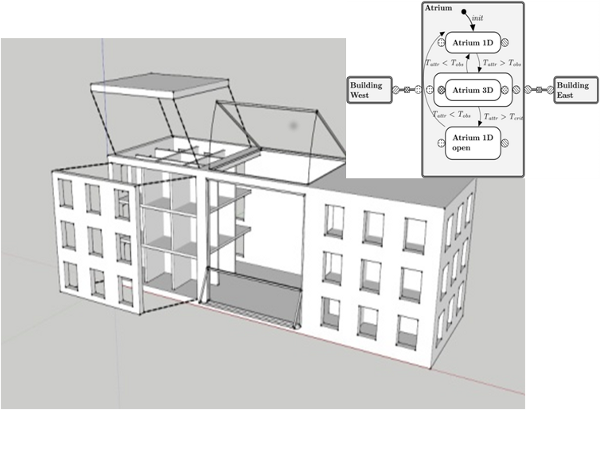
AMSUN
This project integrates different levels of detail of building models in a common modelling approach. In this way CPU time intensive models - e.g. a 3D building atrium model - can be only temporally used for interesting time periods (e.g. high temperature gradients or velocities of the room air during hot summer weeks) and simplified fast models for the other time periods. In this manner the flexibility and numerical performance of building simulation models can be significantly extended.
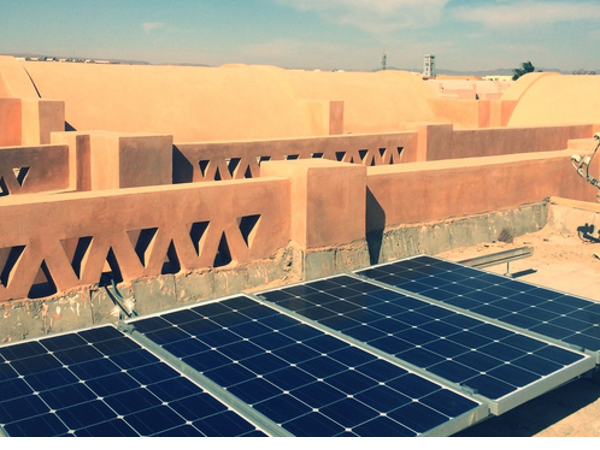
PV Cooling
This project aims at the development of photovoltaic driven air conditioning systems for hot and dry countries. In this context Modelica system models are specified and used for an optimal design of the different components (PV generator, electric battery, compression chiller, building envelope) of these kind of systems.